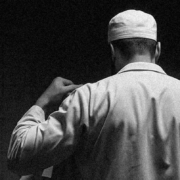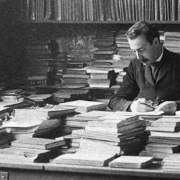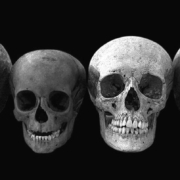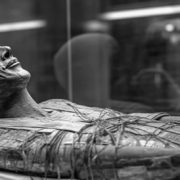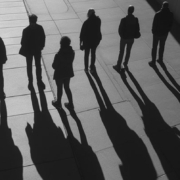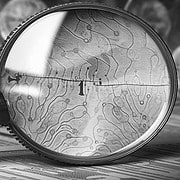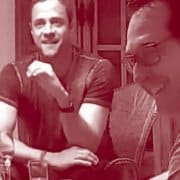For over 25 years I have walked through morgues, stood in courtrooms, stared at skulls, and listened to silence that told darker stories than words ever could. I have seen cruelty that left marks you cannot see on skin. I have learned what people are capable of when no one is watching. Likewise, I have learned that justice is not always just. In the end, I was never part of the system. I was only fuel to keep its machinery running.
Read more
Posts
Introduction: The Challenge of Stature Estimation in Forensic Contexts – Forensic anthropologists, archaeologists, criminalists, pathologists, and forensic medical examiners frequently encounter the critical need to estimate stature from skeletal remains across a diverse range of challenging environments. Whether carefully excavating ancient burial sites in remote field locations under harsh weather conditions, analyzing skeletal evidence within the controlled setting of a laboratory, or conducting assessments on the move during travel to crime scenes or archaeological digs, the ability to determine stature swiftly and accurately remains a cornerstone of forensic and anthropological investigation. Stature estimation serves as a vital tool in the identification of unknown individuals, providing key biometric data that can be cross-referenced with missing persons records to aid in criminal investigations or disaster victim identification. In archaeological contexts, it offers profound insights into the biological and demographic profiles of past populations, illuminating aspects such as health status, nutritional adequacy, and socio-economic conditions that shaped their lives.
Although it remains a fascinating and sometimes macabre question whether one is allowed to possess a human skull, behind it unfolds a dense and intricate forest of ethical, legal, and cultural considerations. Law enforcement agencies, lawyers, and even private collectors sometimes find themselves confronted with human remains, whether in the course of professional forensic investigations, academic research, or simply out of a passion for collecting. Drawing on my extensive experience and profound knowledge of this subject, I aim to illuminate the legal, ethical, and cultural-historical foundations that must be considered in this context in a comprehensive and neutral guide for those who wish to explore the phenomenon of the death cult more closely.
Forensic science – this fascinating, multifaceted realm in which natural scientific techniques are employed to solve criminal activities – harbors secrets and insights that captivate the mind. One of the brightest stars in the forensic firmament is the dating of human remains, a process that is indispensable in criminal investigations. Radiocarbon dating, widely known as C14 analysis, stands out for its precision and reliability. Let us illuminate the magical potential and the inevitable limitations of this method in the context of modern forensics.
Photos and videos are essential components of our modern society and serve as indispensable evidence in law enforcement, journalism, and science. However, the authenticity of these media is increasingly questioned due to manipulations and forgeries. One key technology to verify the genuineness of visual material is the analysis of shadows, a fascinating process that often unfolds like a gripping crime thriller. This technique examines the light sources and their interaction with the objects in the image to identify anomalies that could indicate manipulations.
Cognitive bias in forensic science is not an abstract concept, but a creeping virus that, in the worst cases, can infect entire justice systems. To make the workings of this insidious phenomenon more tangible, let’s look at some examples that clearly illustrate the potential impact of cognitive distortions in practice.
When I received the order in May 2019 to review the infamous #IbizaVideo, I could hardly have imagined that this would be the start of one of Europe’s greatest political scandals. I am George A. Rauscher, a forensic expert. When Süddeutsche Zeitung and Der Spiegel approached me, I knew immediately that this task would be anything but ordinary.
